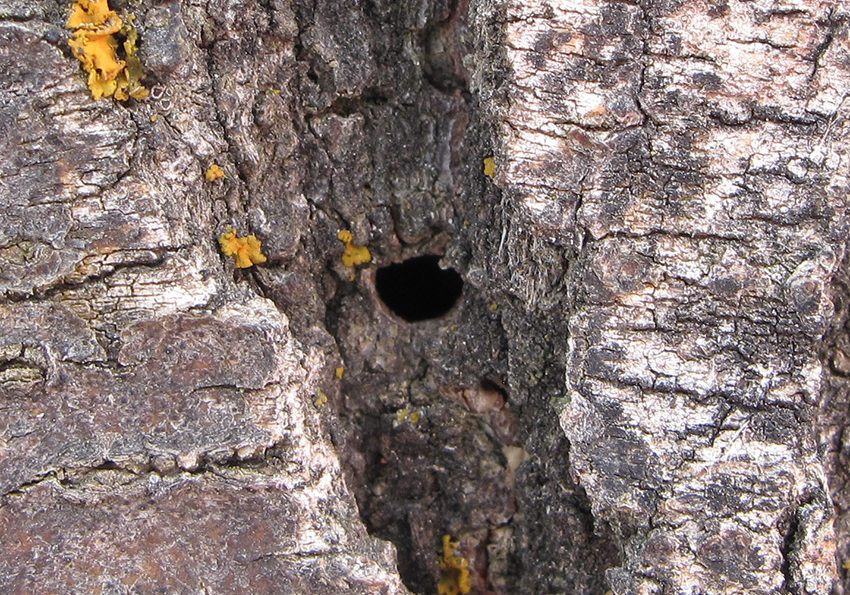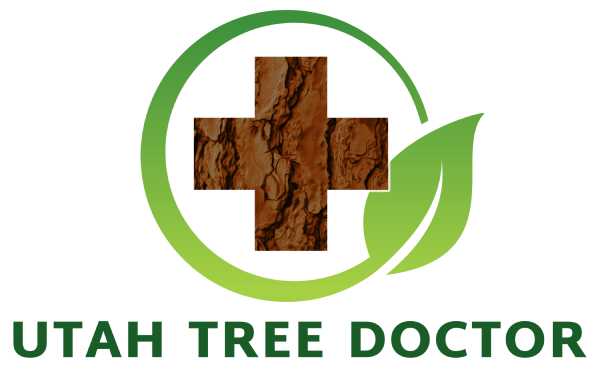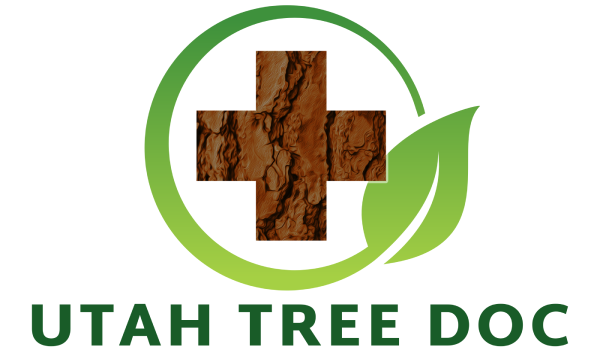UTAH TREE DOCTOR CAN HELP YOU WITH YOUR HONEY LOCUS BORER PROBLEM

What Is The Cause Of My Tree's Illness?
Metallic or longhorned beetles that spend larval stages tunneling under the bark.
The Damage Done by the Honey Locust Borer
The honey locus borer attacks large and small honey locust trees, as well as branches more than 2 inches in diameter. Trees under stress are more susceptible. The larvae bore into the trunks or branches causing sap to ooze at the site. Once exposed to air, this sap hardens into a mass of gum. Repeated infestations gradually cause decline and dieback of twigs and branches in the crown.
How A Basic Diagnoses Is Made
Adults are 1/2 inch elongated beetles, with a metallic, greenish-black abdomen with a distinct yellowish- white band on the sides. Adults emerge in June and feed on honey locust foliage. Females lay eggs that are covered with a frothy substance that hardens.
PESTS, PROBLEMS AND THEIR TREATMENTS
Aphids
Ash Borer
Aspen Gall
Aspen Black Leaf Spot
Birch Leafminer
Birch Stink Bugs
Black Locust Borer
Black Turpentine Beetle/Pitch Moth
Boxelder Webworms
Bronze Birch Borer
Chlorosis
Codling Moth
Coryneum Blight
Conifer Bark Beetle Ground
Elm Leaf Beetle
Fall Poplar Borer
Fall Willow Borer
Fire Blight
Greater Peach Tree Borer
Gummosis
Honey Locust Borer
Lesser Peach Tree Borer
Oak Bullet Gall
Oak Lace Bugs
Oak Leaf Blister
Oak Webworms
Pine Tip Weevil
Powdery Mildew
Sawfly
Scale
Slime Flux
Spider Mites
Spring Poplar Borer
Spring Willow Borer
Spruce Cooley Gall Adelgid
Strawberry Root Weevil
Sycamore Anthracnose
Fruitworm
Ash Borer
Aspen Gall
Aspen Black Leaf Spot
Birch Leafminer
Birch Stink Bugs
Black Locust Borer
Black Turpentine Beetle/Pitch Moth
Boxelder Webworms
Bronze Birch Borer
Chlorosis
Codling Moth
Coryneum Blight
Conifer Bark Beetle Ground
Elm Leaf Beetle
Fall Poplar Borer
Fall Willow Borer
Fire Blight
Greater Peach Tree Borer
Gummosis
Honey Locust Borer
Lesser Peach Tree Borer
Oak Bullet Gall
Oak Lace Bugs
Oak Leaf Blister
Oak Webworms
Pine Tip Weevil
Powdery Mildew
Sawfly
Scale
Slime Flux
Spider Mites
Spring Poplar Borer
Spring Willow Borer
Spruce Cooley Gall Adelgid
Strawberry Root Weevil
Sycamore Anthracnose
Fruitworm

